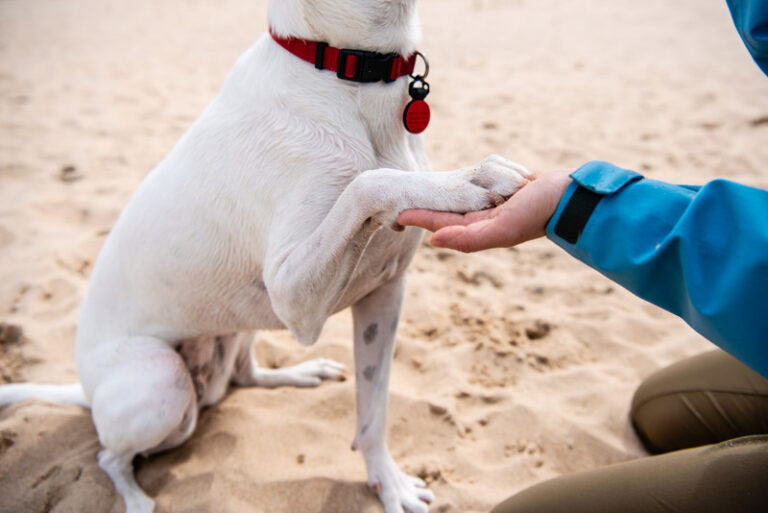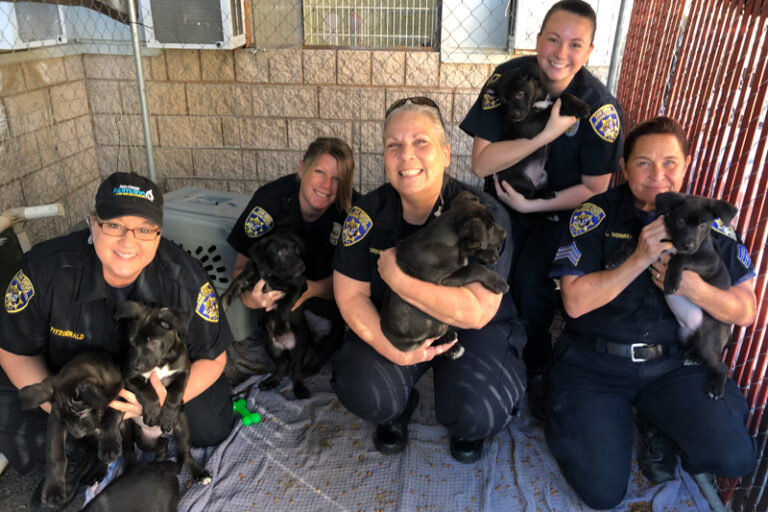In a previous blog, we got into the 101 of what animal mutual aid is and how it harnesses the will of your community to keep people and pets together.
The short version, to save you a click: Mutual aid is when people get together to meet each other’s basic needs. Animal mutual aid is when people help each other with pet-related challenges—and in so doing, keep families together and pets from entering the sheltering system when they don’t have to.
This can happen in any number of ways—think taking care of a neighbor’s pet while they are hospitalized, chipping in toward someone else’s pet’s vet bill, or helping a lost pet be reunited with their owner, just to name a few possibilities.
This is all very very good stuff—and animal shelters and other organizations can get involved, inexpensively and effectively, by facilitating and making it easy for people to step up for one another. The result will be more pets staying in homes, and not coming into shelters when they don’t have to be there.
Here are five ways to do it:
1. Start a mutual aid Facebook page
Austin Pets Alive!’s Positive Alternatives to Shelter Surrender program—or PASS program—is an intake diversion program that “provides resources and services to Texas residents who are experiencing challenges to keeping their pet(s) with an overall goal of keeping pets out of the sheltering system and providing a safe, judgment-free zone for anyone in need.”
The PASS program’s extremely active Facebook page has nearly 40,000 members, who offer and seek support for basically any type of issue a pet owner may face. Lucy Fernandez, who manages the PASS program, offered some tips for other organizations wanting to start a mutual aid Facebook group for their community.
First, Lucy suggests, develop community standards and protocols—don’t be shy about putting together SOPs!—then have staff and/or volunteer moderators ensure posts adhere to those standards.
The moderators should be knowledgeable and empathetic—and, says Lucy, be sure their “personal mission aligns with yours.”
Find a way to tell your community members about the rules and guidelines they should adhere to, too. “These are pinned to the page, outlined in the about section, and what moderators follow to help guide the community,” Lucy says.
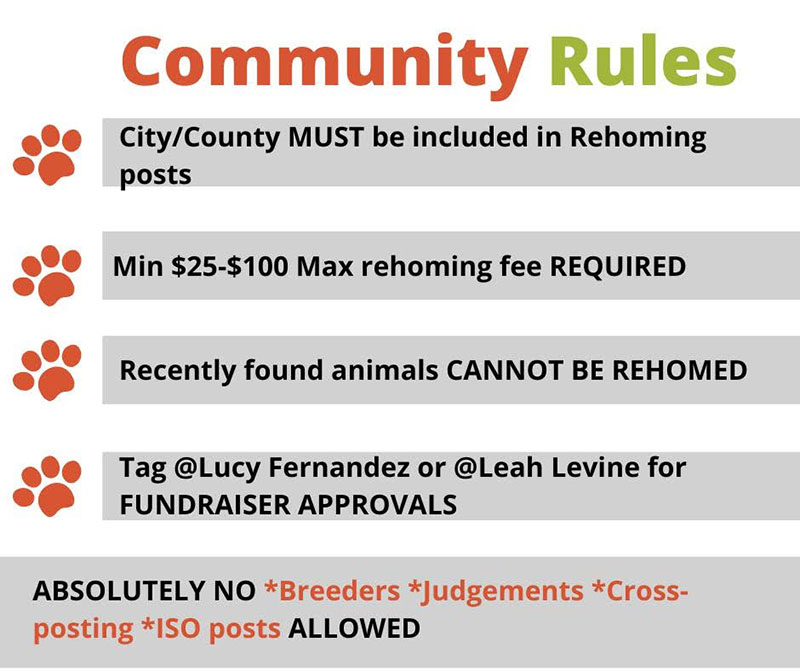
A close second is to collect data gathered from the page. Make spreadsheets with the zip codes you’re getting requests from, and what types of support people are seeking. Doing this will help you identify where you are seeing the need for support—as well as the gaps in your ecosystem. (Here’s more about ecosystem mapping! It’s a very important way to identify the support available in your community, and where there are unmet needs.)
Third is for the person or people running the page to develop relationships with community partners. This way, when you start seeing a lot of requests for a type of support not yet being offered, you can go to the partners and ask them what support or information they’d need to be able to provide it.
Lucy also recommends “outlining a resource guide with local information on free low cost spay/neuter, behavior resources, and rehoming best practices and tools,” and keeping it up to date. Here’s a link to Austin Pets Alive!’s guide.
Encourage your community partners to claim their listings on pets.findhelp.com, too. Learn more about what pets.findhelp.com is, and how you, your partners, and your community can use this free, first-of-its-kind platform to make accessing pet support services easy.
2. Raise money for a vet bill
In this tough economy, and always, a vet bill can stand in the way of paying rent—or keeping a pet. You can help by allowing individuals to raise money to cover vet bills—or pet deposits and other pet-related expenses—on your social media platforms.
You will have to set standards and guidelines. My Pit Bull Is Family executive director Shannon Glenn tells us, for example, that most of the pets whose vet bills the organization puts up on their Facebook page “are sent over from our vet partner.” You may require that donations you host be sent directly to a veterinarian instead of into a more general account. It’s up to you how you decide which fundraisers you’ll support!
3. Put up courtesy posts for owned pets who need new homes
There are people who can no longer take care of their pets, and are looking to place them directly into a new home, without the pet ever entering the shelter. This is called self-rehoming and it’s a very important way for community members to support one another by keeping pets in homes, and preventing them from unnecessarily entering shelters.
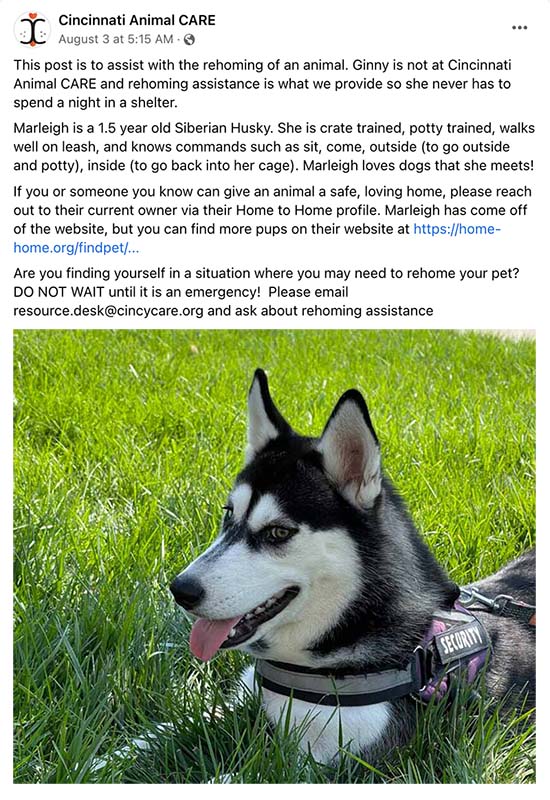
You can help by putting courtesy posts up on your social media pages! You may even have a whole section of your website for pets who are being self-rehomed.
Looking for how to talk to your community about self-rehoming? Glad you asked! Check out this self-rehoming communications kit, created together by HASS and HeARTs Speak. It’s designed to raise awareness with pet owners in your community about what self-rehoming is, how it can benefit pets, and how your organization can support them through the process. As with all our communications kits, this one includes customizable graphics (for use on social or in print), talking points, media templates, and more.
4. Pet detectives to the rescue
You don’t need an elaborate pet detective group, though we love these programs and would always encourage more of them. Setting up a Facebook page for lost and found pets in your community will be a big help.
It not only provides a specific forum where lost and found pets can be posted—having a designated forum reduces confusion—but also lets community members pitch in in the critical quest to reunite lost pets with the people who miss them.
Check out this blog for tips on how to start and run a lost and found Facebook page.
And guess what? There’s a HASS x HeARTs Speak communications kit for Lost Pet Reunification, too!
5. Encourage your neighbors to get to know each other and each other’s pets!
You can do that by hosting or sharing community events, and by highlighting the ways people are supporting one another like a community member’s Little Free Pet Pantry or someone who’s fostering a neighbor’s pet while they are hospitalized or otherwise temporarily can’t care for them.
And also be sure to share this infographic, which encourages neighbors to get to know each other and each other’s pets! Awareness is powerful, and so are communities that look after each other.
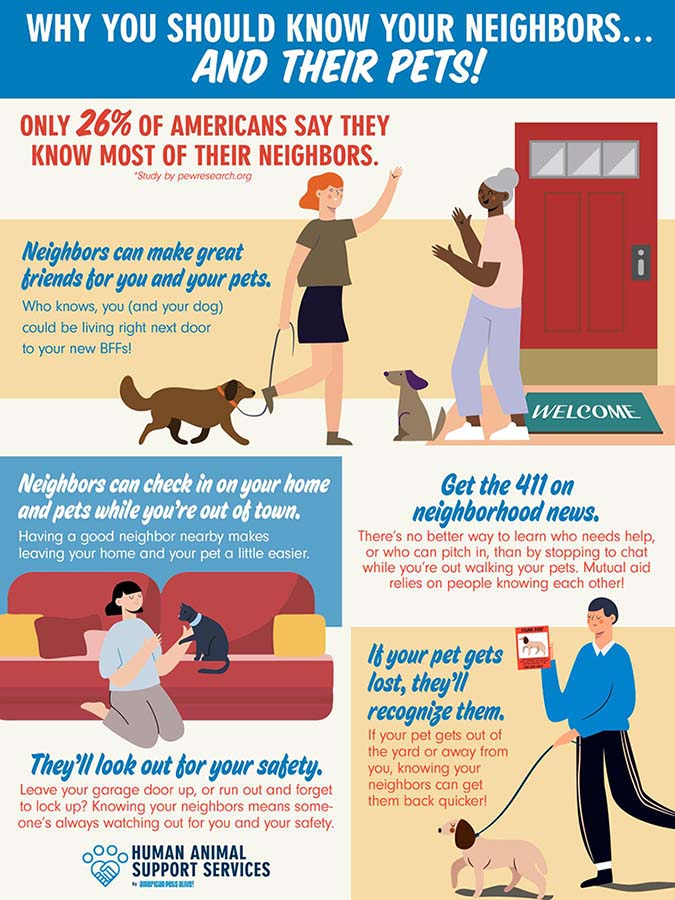
Of course we have another HASS x HeARTs Speak communications kit to share, this one on Neighbors Helping Neighbors.

